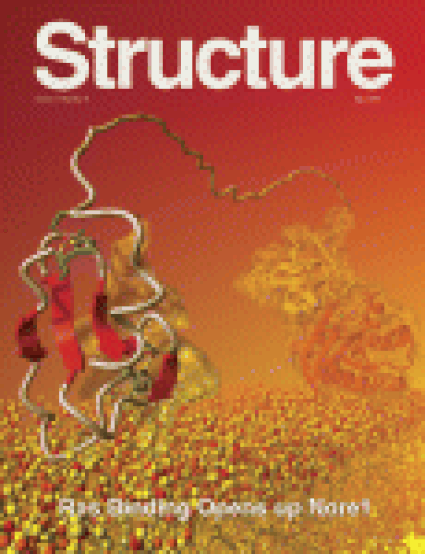
Article
The Structure of I-CeuI Homing Endonuclease: Evolving Asymmetric DNA Recognition from a Symmetric Protein Scaffold
Structure
(2006)
Abstract
Homing endonucleases are highly specific catalysts of DNA strand breaks, leading to the transfer of mobile intervening sequences containing the endonuclease ORF. We have determined the structure and DNA recognition behavior of I-CeuI, a homodimeric LAGLIDADG endonuclease from Chlamydomonas eugametos. This symmetric endonuclease displays unique structural elaborations on its core enzyme fold, and it preferentially cleaves a highly asymmetric target site. This latter property represents an early step, prior to gene fusion, in the generation of asymmetric DNA binding platforms from homodimeric ancestors. The divergence of the sequence, structure, and target recognition behavior of homing endonucleases, as illustrated by this study, leads to the invasion of novel genomic sites by mobile introns during evolution.
Disciplines
Publication Date
May, 2006
Publisher Statement
DOI:10.1016/j.str.2006.03.009
Citation Information
P. Clint Spiegel, Brett Chevalier, Django Sussman, Monique Turmel, et al.. "The Structure of I-CeuI Homing Endonuclease: Evolving Asymmetric DNA Recognition from a Symmetric Protein Scaffold" Structure Vol. 14 Iss. 5 (2006) Available at: http://works.bepress.com/pc_spiegel/10/
